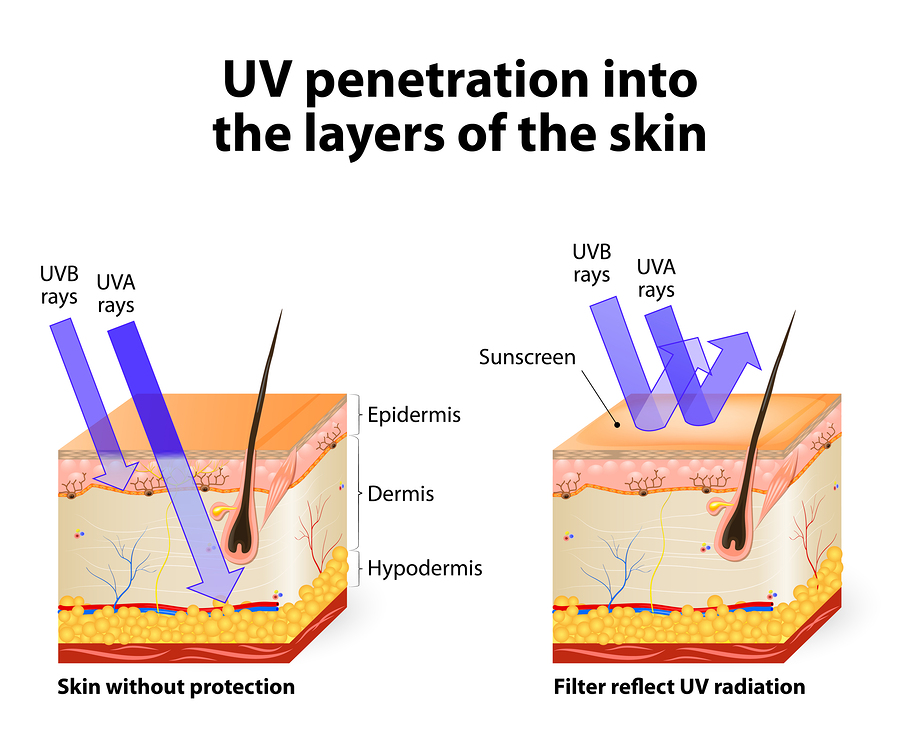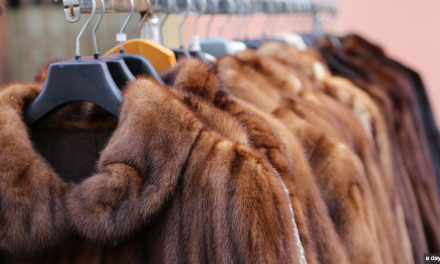If you’ve been a reader for awhile, you know that we here at Health Nut News are not afraid of the sun. We understand its importance and encourage people to use healthy sun exposure as a means of acquiring Vitamin D. But, we said responsibly, because the wrong kind of sun or too much sun can be harmful. However, there’s some exciting new research out. Read on!
Researchers at the University of Bath, in conjunction with colleagues from Kings College London, have discovered a new compound that provides unprecedented protection against UVA radiation and its harmful effects (which include cancer, cell damage, and photo-aging). Their research was published in the Journal of Investigative Dermatology.
While today’s sunscreens offer some protection against UVB radiation, they are limited in their application to damage caused by UVA radiation. However, with the development of this new compound, the team hopes- within the next 3 to 4 years- to be able to add the “mitoiron claw” to skincare products and sunscreens.
From the article:
“The compound provides strong protection from UVA within the cells, which is where the most damage occurs. At the same time, the remainder of the cell is not compromised. Inside the battery of the cell there is a high concentration of free iron, which performs a number of vital functions. When this free iron is exposed to UVA rays from sunlight, however, it becomes a catalyst for producing ROS (reactive oxygen species), which is known to be toxic. This damages various components of the cells such as proteins, fats and DNA and as a result the risk of cancer and cell death increases.”
The new compound acts like an iron chelator (a type of bonding of ions and molecules to metal ions) and binds to an atom of iron much like a claw would- hence its nickname. The team ran tests with fibroblast human skin cells to see what the effects would be if they were exposed to the equivalent of 140 minutes of sea level sun exposure. What they found was that the cells left untreated showed, “a significant amount of cell death while the ones that were treated with the new compound showed no sign of cell death at all.”
Dr Charareh Pourzand, from the University of Bath’s Department of Pharmacy and Pharmacology, believes that we have underestimated how much of a role iron-mediated damage has played when skin cells have been exposed to UVA; strong iron chelators are necessary for efficient protection. And until recently, our hands were tied.
However, this new targeted compound offers the solution and can address the need for UVA protection in sunscreen and skincare products. While more study is needed to explore the full potential of the compound, this is an amazing start. In fact, this discovery may lead to new therapies for mitochondrial iron overload in diseases like Friedreich’s ataxia.
We will watch this story as it progresses.
Source: Science News Journal












